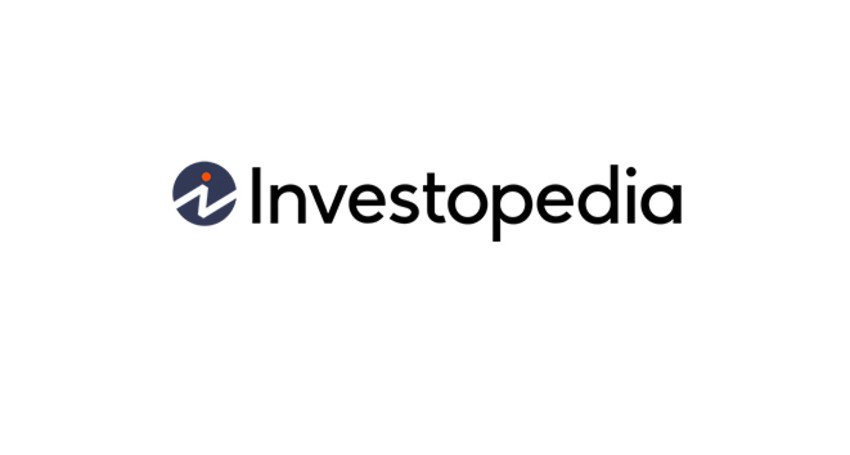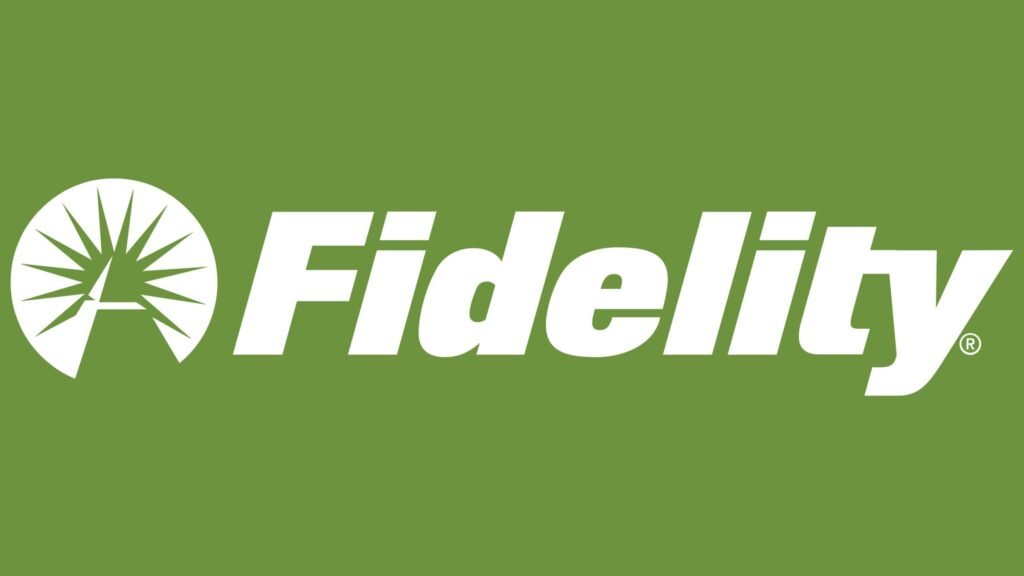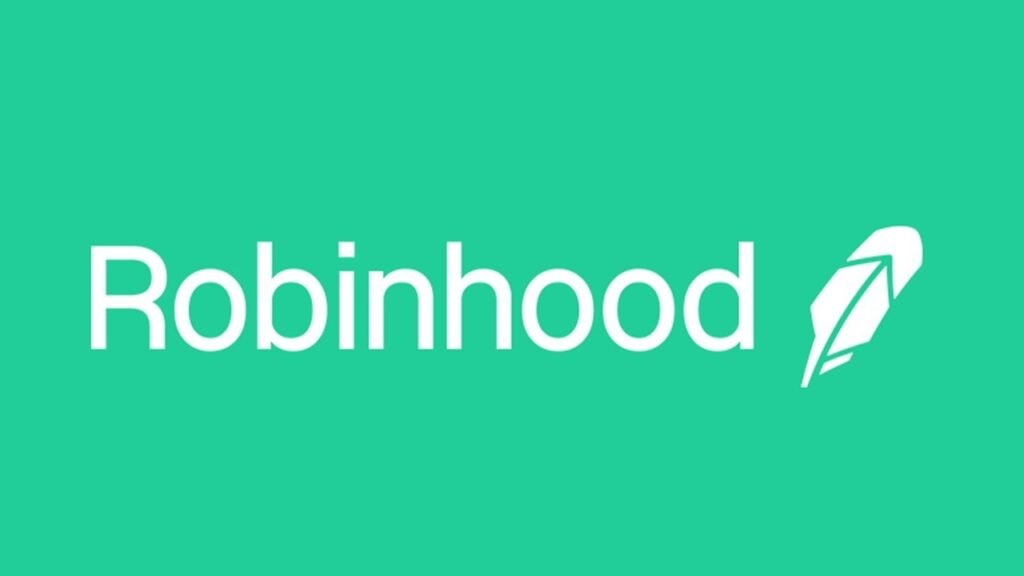Getting Started with ETFs
ETFs, or Exchange-Traded Funds, are a notable way to begin investing. They allow you to buy a basket of shares or other property , making them a simple and powerful funding option. In this guide, we’ll stroll you thru how to shop for your first ETF, select the proper one for you, and installation an funding account step-by using-step. Even middle faculty college students can apprehend and get began with investing using ETFs!
How to Buy Your First ETF
Buying your first ETF is easier than you might think. Here’s a simple guide to get you started:
Open an Investment Account:
To buy an ETF, you’ll need an investment account. This is similar to a bank account but specifically for buying and selling investments. You can open an account with a brokerage firm.
Here are a few popular options:
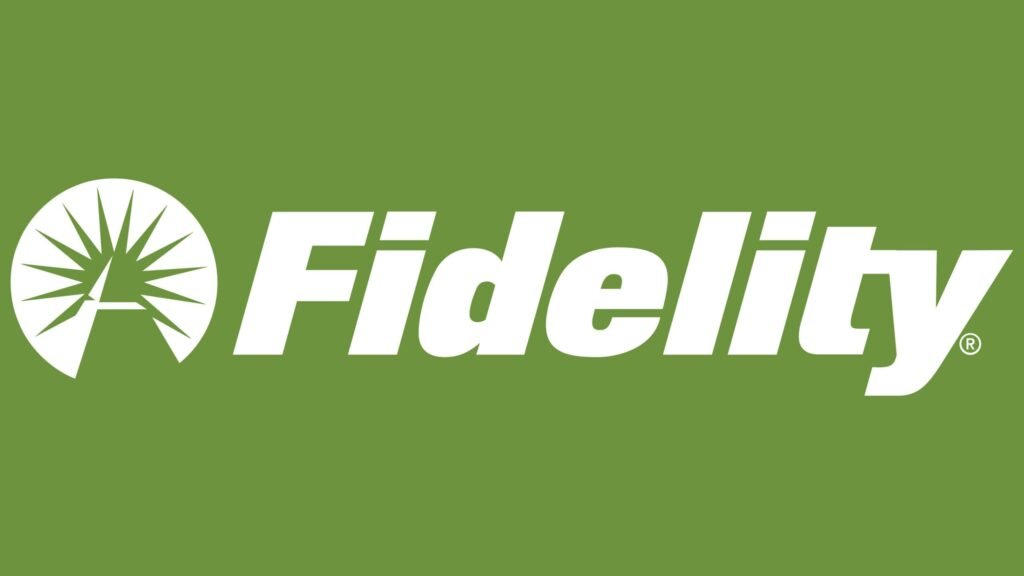
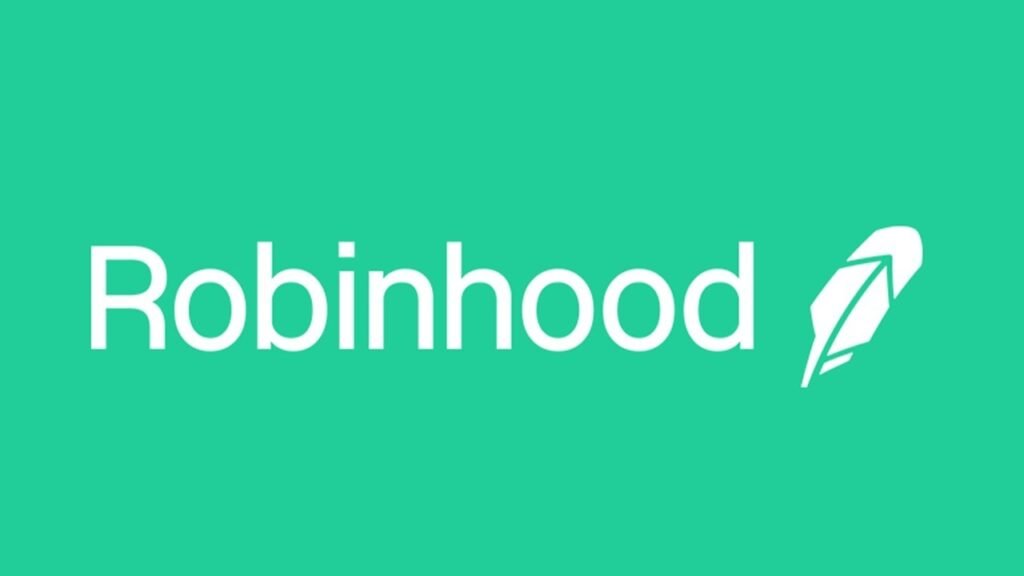
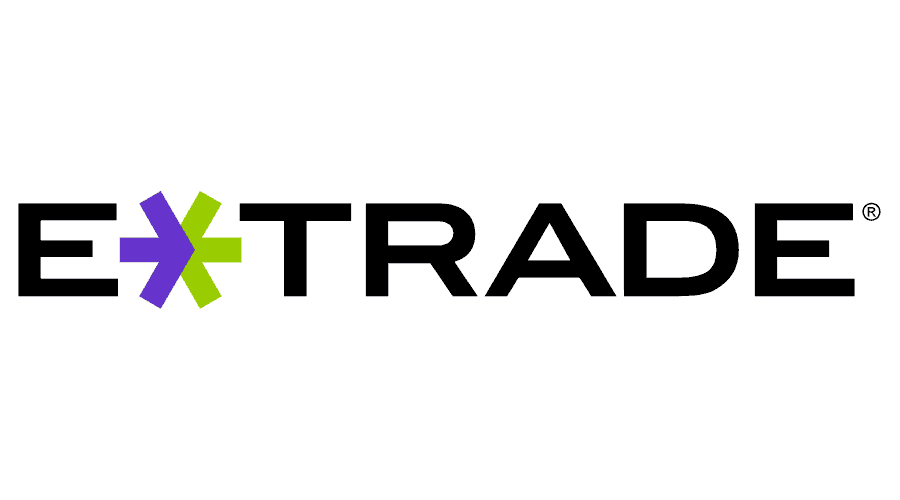
Deposit Money into Your Account:
- Once your account is open, you need to deposit money into it. This money will be used to buy ETFs. You can transfer money from your bank account to your investment account easily.
Choose the ETF You Want to Buy:
We’ll go into more detail on how to choose the right ETF below, but for now, know that you can search for ETFs by their ticker symbol (a unique identifier) in your investment account.
Place an Order:
After choosing an ETF, you place an order to buy it. There are two main types of orders:
-
- Market Order: This buys the ETF immediately at the current market price.
- Limit Order: This sets a specific price at which you want to buy the ETF. The purchase will only happen if the ETF reaches that price.
Confirm the Purchase:
Review your order details and confirm the purchase. Congratulations, you’ve bought your first ETF!
Setting Up an Investment Account: Step-by-Step
Here’s a detailed, step-by-step guide to setting up your investment account:
-
Choose a Brokerage Firm: Start by selecting a brokerage firm. Some popular options are E*TRADE, Robinhood, and Fidelity. These firms offer user-friendly platforms, making them great for beginners.
-
Fill Out the Application:
- Personal Information: You’ll need to provide your name, address, Social Security number, and employment details.
- Investment Experience: Some applications ask about your investment experience and goals. Be honest; this helps the firm tailor their recommendations and resources for you.
- Account Type: Choose the type of account you want. A standard brokerage account is typically the best for beginners.
-
Verify Your Identity: To comply with regulations, you’ll need to verify your identity. This might involve submitting a photo of your ID and a utility bill or other proof of address.
-
Fund Your Account: Once your account is open, you’ll need to transfer money into it. You can link your bank account and transfer funds electronically. Most brokers offer a variety of funding options, so choose what’s most convenient for you.
-
Explore the Platform: Take some time to familiarize yourself with the brokerage platform. Most brokers offer educational resources and tutorials to help you learn how to use their tools and make informed decisions.
Useful Resources and Tools
Investing can seem complicated, but there are many resources and tools available to help you. Here are some recommendations:
- Educational Websites: Websites like Investopedia and Morningstar offer a wealth of information on investing and ETFs.
- Investment Apps: Apps like Robinhood and E*TRADE have user-friendly interfaces and educational resources to help you get started.
- Financial News: Stay informed with financial news from websites like Yahoo Finance and CNBC.

Getting Started: A Real-Life Example
Let’s go through a real-life example to make it clearer. Imagine you want to buy an ETF that tracks the S&P 500 index. Here’s how you would do it:
- Open an Account with Robinhood: You choose Robinhood for its simplicity and no-fee structure. You fill out the application with your personal details and verify your identity.
- Deposit $500: You transfer $500 from your bank account to your Robinhood account.
- Search for the ETF: In the Robinhood app, you search for the ticker symbol “SPY” (an ETF that tracks the S&P 500).
- Place a Market Order: You place a market order to buy shares of SPY. The app shows you the current price, and you confirm the purchase.
- Own Your First ETF: Once the purchase is complete, you now own shares of SPY, and you can see them in your Robinhood account.
Conclusion
Getting started with ETFs is a great way to begin your investment journey. By following these simple steps, you can buy your first ETF, choose the right one for your needs, and set up an investment account with ease. Remember to use the resources and tools available to you, stay informed, and continue learning about investing. For more tips and recommendations, check out these links to helpful websites:
